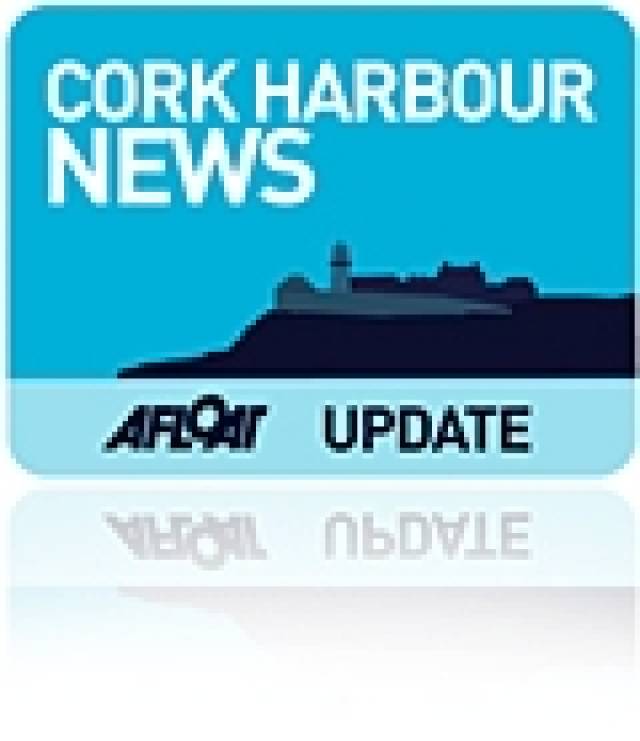#IrishShipping@VCD – Irish Shipping Ltd had vessels built in the UK, outside Europe and notably during the tenure of Verolme Cork Dockyard which launched larger vessels before the 1984 closure of the company, writes Jehan Ashmore.
It should be also noted when ISL was formed in 1941, this included taking on the abandoned Cork dock 'yard' that was Rushbrooke Dockyard, where such facilities date to 1853. The yard allowed their ships to be repaired at the newly created Cork Dockyard Ltd.
The yard would change hands in 1959 as ISL invited Dutch shipping magnet Cornelius Verolme to purchase the dockyard and develop the Irish shipbuilding industry. Under the leadership of Verolme, 33 vessels were launched for various owners from the yard that at its peak employed 1,500 workers. For 25 years shipbuilding and offshore installations took place at the yard until its closure in 1984.
More than a decade later, the yard site was purchased in 1995 by the Burke Group. The 44-acre facility was reopened under the same name of Cork Dockyard Ltd running as a ship-repairer, engineering and fabrication business.
In the year before ISL's collapse, V.C.D. built the 'Panamax' bulk-carrier Irish Spruce. At almost 72,000dwt /40,000grt, she was easily the largest ever ISL ship built. In 1983 she was launched down the slipway at Rushbrooke onto the River Lee.
According to 'Irish Shipping Ltd- A Fleet History' (published in 2013) the chapter on the bulker gives the following principle dimensions: length 226m, breath 32.5m and a draught of 14.3m. She had 7 self-cleating McGregor holds. Her superstructure of bridge, accommodation and facilities was designed to a very high standard.
The order to have Irish Spruce built in Ireland was placed by a subsidiary of ISL, which itself was a state-owned company. The decision by the Irish Government at the time was controversial given the option of a far cheaper alternative from a Japanese yard. The decision proved costly, as the shipping company was already under financial burden.
Despite management and politics, Irish Spruce from a maritime perspective presented an impressive example of Irish shipbuilding skills, however she had the indignity of been laid-up under arrest in Marseilles when the company got into troubled waters.
The final ship from V.C.D. was the HPV L.E. Eithne (P31) ordered by the Department of Defence for the Naval Service and launched in 1984. The helicopter carrying HPV represented the last large ship completed in a major yard within the republic.
Last year during the national 'Gathering', events as previously reported commemorated Cork's shipbuilding heritage and workers. Centre-stage to this era of ship construction was the former shipyard of V.C.D.
































































